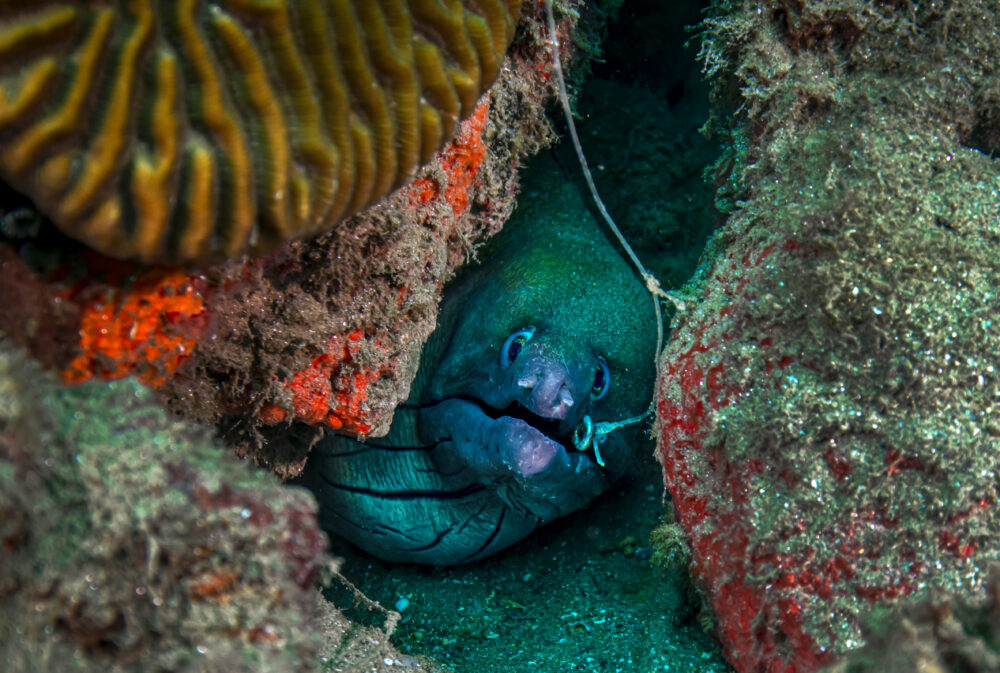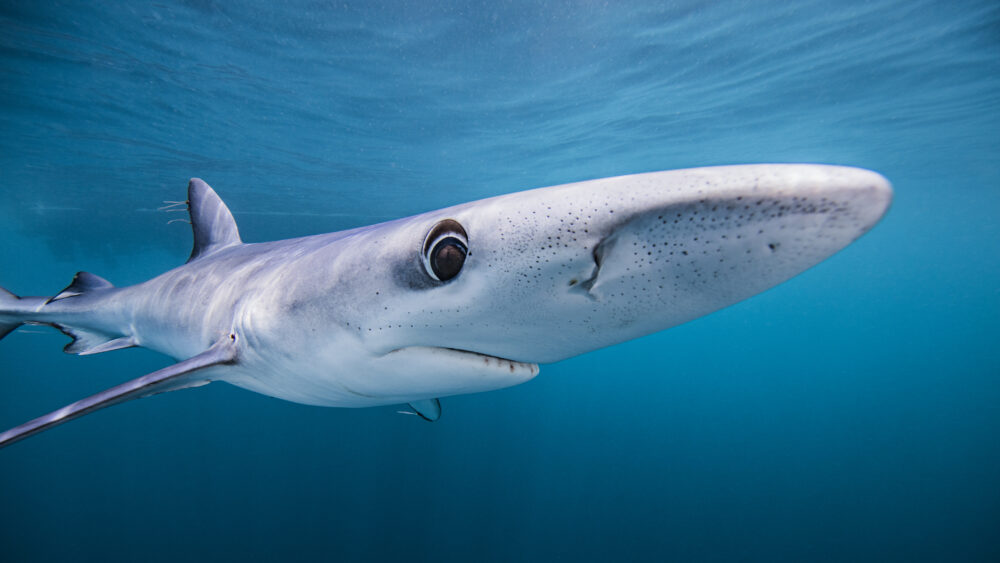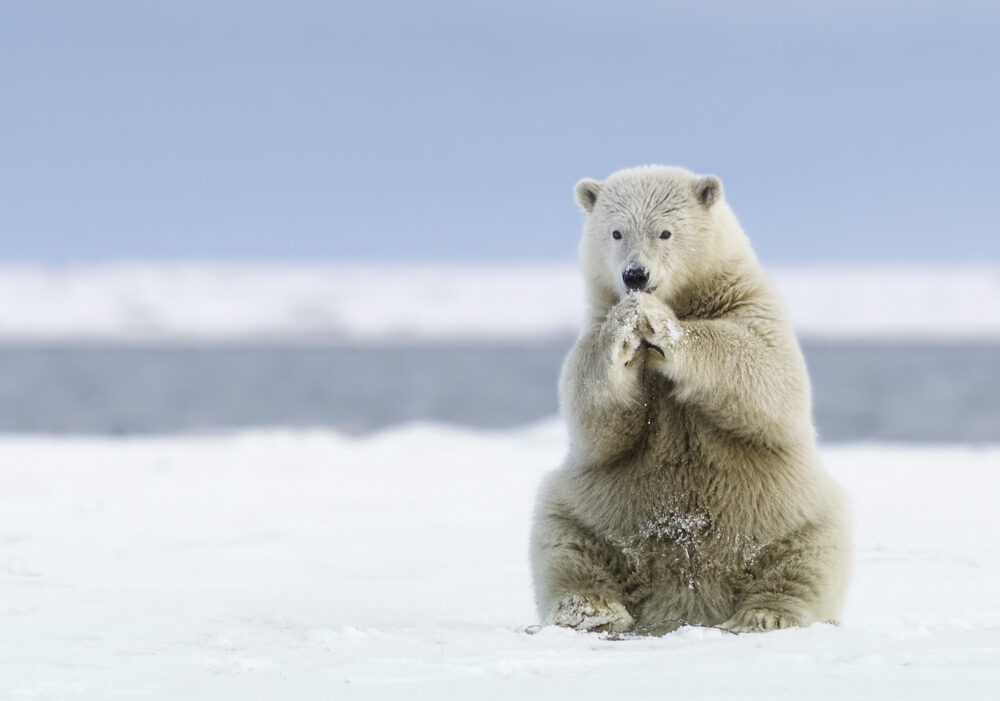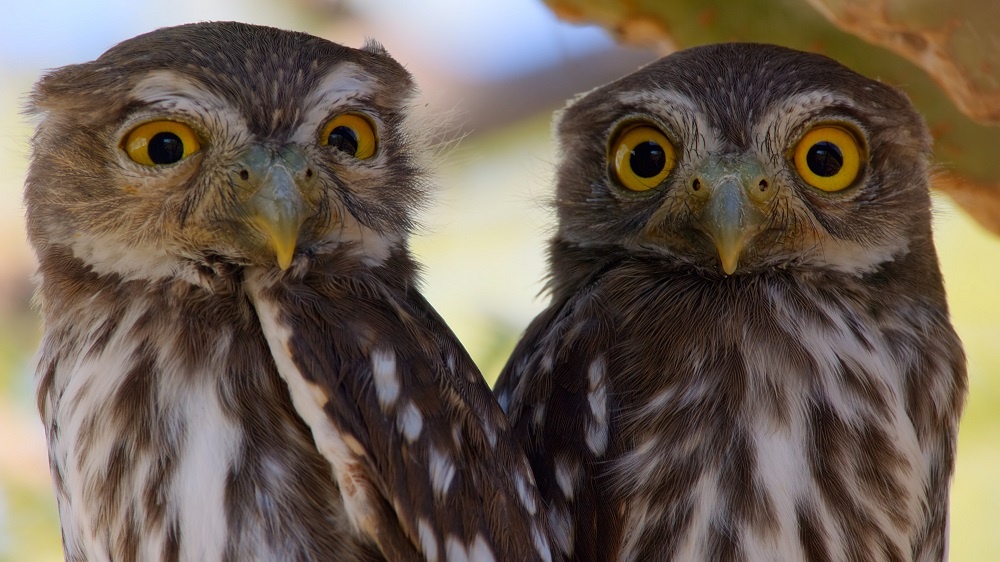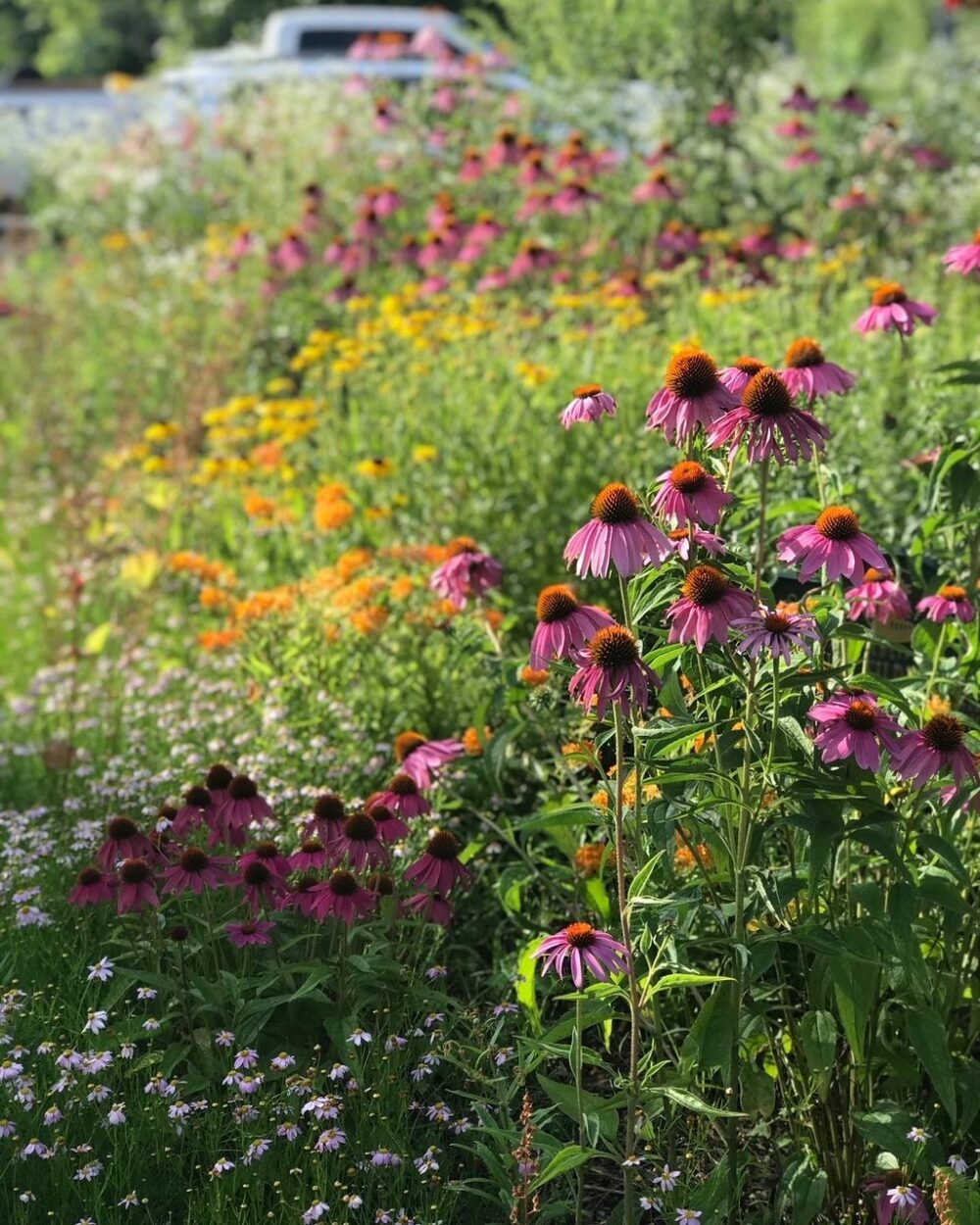We have much more to do and your continued support is needed now more than ever.
Capturing Emotion in a Photograph

National Wildlife magazine’s photo contest is now open and receiving hundreds of images from photographers across the globe. In honor of the contest, we are looking back at past winners. This poignant photo of a father fox with its kit won first place in the Baby Animals category of National Wildlife magazine’s 2015 photo contest, in part because it captures an apparent tenderness and attentiveness that will resonate with human families. Such images help convey that many animals live their lives as we do: striving to fulfill basic needs, taking care of kin, forming relationships and overcoming obstacles. In the following interview, we explore how photographer Ian Murray made the photo and why it touches with him and so many others.
What is the back story of this powerful image?
A friend a few miles away from my home in Nova Scotia, Canada, called me one day and asked if I wanted to take some pictures of a family of foxes he had been seeing for several years. I had a strong interest in foxes, so I went, and eventually I returned to the site for several summers. To be able to observe a family dynamic through a whole season was very special, and to see the kits’ actions and how they learned from their parents was heartwarming. Because I kept my distance, the fox parents seemed to know I was not a threat, and they were comfortable with me being near them. Eventually, they would bring their babies out of the den, and using a long lens, I was able to get very candid shots of their lives.
What is the goal of this photograph?
I was simply trying to show the emotional connection between a young animal and its parent. I had many photographs of this family, but this one demonstrated the parental-baby love that so few people get to see in person. And this is important. We need to open peoples’ eyes to the existence of wildlife and show that these creatures are not just wild animals that you may see fleetingly as you zip down the highway. They are sentient, family animals, raising and providing for their babies, which is their whole reason for existence—in many ways, like the human race.
How does a photographer convey the authentic spirit of the animal behind the picture?
Photographing wildlife requires a lot of time, patience and research. You have to locate your subject, and then try to learn its behavior and habits. If you know what an animal is likely to do next, you can anticipate where to be and when to be there so you can capture its image in its home setting. Because I had observed this fox family over time, I knew that the father fox would be present in the later afternoon and call the babies out of their den. It was always a special time for the babies to get out, explore their new world, and spend time with their dad.
How has your work affected your feelings about wildlife conservation?
My photography has more firmly established my interest in conservation and preservation of animal habitats. I see animals and birds grow up and go out into the world, sometimes with terrible, devastating results. That’s particularly true with this photograph. In July 2016, the father fox in this winning image was killed by a car, and one of his male kits was killed by a car a couple of months later. My eyes tear up even now as I think back on that. If people would just slow down, and give the animals a chance, and think of them as more than “just an animal,” the world would be a better place.
ENTER YOUR PHOTOSDon’t miss out on your chance to win National Wildlife magazine’s annual Photo Contest and our $5,000 Grand Prize! There are also cash prizes in all eight categories, so there are plenty of chances to win.






